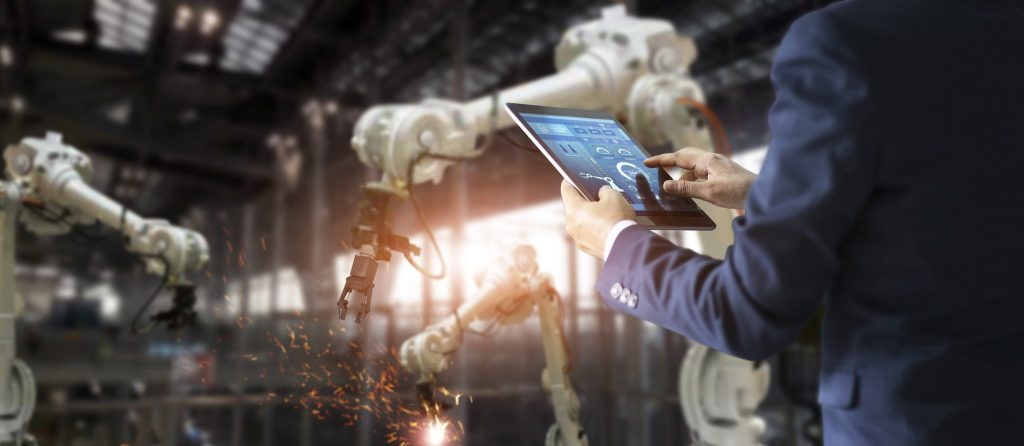Introduction
The landscape of enterprise technology is continually evolving, and SAP is at the forefront of driving innovation. As businesses strive to optimize their operations and stay ahead of the curve, emerging trends such as artificial intelligence (AI), machine learning, and automation are reshaping the future of SAP. In this blog post, we will delve into these future trends, exploring how their integration into SAP is revolutionizing business processes and propelling organizations toward unprecedented levels of efficiency and effectiveness.

AI-Powered Insights and Decision-Making
Artificial intelligence is no longer science fiction; it’s a game-changer in the business world. In the realm of SAP, AI is being harnessed to provide intelligent insights and support informed decision-making. AI algorithms analyze vast amounts of data to uncover patterns, trends, and correlations that human analysis might miss. This enables businesses to make more accurate predictions, identify growth opportunities, and mitigate risks. With AI-enhanced analytics, SAP is empowering organizations to turn data into a strategic asset, driving innovation and competitive advantage.
Machine Learning for Process Optimization
Machine learning is another pivotal trend revolutionizing SAP. With its ability to learn from data and improve over time, machine learning is transforming how businesses approach process optimization. In SAP applications, machine learning algorithms can predict maintenance needs, optimize supply chain routes, and even automate routine tasks. This leads to enhanced operational efficiency, reduced downtime, and improved resource allocation. As machine learning capabilities become more sophisticated, SAP users can expect increased automation of complex decision-making processes.
Automation: Enhancing Efficiency and Accuracy
Automation is a cornerstone of SAP’s future, offering the potential to streamline repetitive tasks and workflows. The integration of robotic process automation (RPA) with SAP systems is automating manual tasks across various departments, from finance and HR to supply chain management. This not only reduces the risk of errors but also frees up employees to focus on higher-value tasks that require creativity and critical thinking. By automating routine processes, SAP empowers organizations to achieve higher levels of accuracy, consistency, and efficiency.
Intelligent Chatbots and Customer Experience
AI-driven chatbots are transforming customer interactions and support services within SAP environments. These intelligent virtual assistants can answer customer queries, guide users through processes, and even assist in troubleshooting issues. By providing real-time assistance, chatbots enhance customer satisfaction, reduce response times, and ensure consistent service quality. SAP’s integration of chatbot technology marks a significant step toward creating seamless and personalized customer experiences.
Predictive Maintenance and Optimization
Predictive analytics powered by AI and machine learning are reshaping maintenance practices within SAP. By analyzing sensor data and historical performance, businesses can predict equipment failures before they occur, enabling proactive maintenance. This approach minimizes downtime, reduces maintenance costs, and optimizes resource utilization. With predictive maintenance capabilities, SAP users can transition from reactive to proactive maintenance strategies, ensuring continuous operations and cost savings.
Conclusion
The future of SAP is a convergence of advanced technologies that are reshaping the way businesses operate. AI, machine learning, and automation are not just buzzwords; they are catalysts for innovation and efficiency. The integration of these trends into SAP systems empowers organizations to make data-driven decisions, optimize processes, enhance customer experiences, and unlock new levels of productivity. As we move forward, embracing these trends will be essential for staying competitive in the ever-evolving landscape of enterprise technology.



